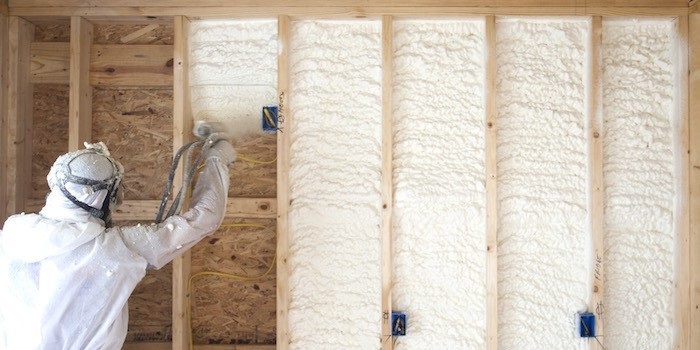It goes without saying that spray foam insulation is one of the best decisions you’ll ever make. Yes, you do have other options too like fiberglass insulation but then there are drawbacks to these options like they come loose and fall off with time. So if you want the best value for your money then spray foam insulation NYC is the right choice.
Now what most people don’t know is that even in spray foam insulation, there are two main types; open cell and closed cell. This is where most people find themselves confused. The main difference between these two types lies in how they are applied and how they generally work. To make it clearer for you, today we are going to jot down all that you need to know about open cell and closed cell spray foam.
Open Cell Insulation Vs Closed Cell Insulation
Structure
When it comes to open cell insulation, what you should know is that it spreads rapidly and forms an open bubble shaped structure. In other words, this type is more flexible and it makes it easier to insulate hard-to-reach places like corners, nooks and holes.
On the other hand, in closed cell insulation, you get more durability because the air pockets here are grouped together and the insulation doesn’t expand. Instead, it forms a rigid structure which is good if you want to improve the strength of the structure of your house.
Moisture
In open cell insulation, the water vapors and the water can move but because the material isn’t organic, it doesn’t promote any mold growth. In fact, the water vapors are given a proper pathway to travel without encouraging any moisture.
When it comes to closed cell insulation, as the structure is closed, it doesn’t let any water vapors move which isn’t a good thing. The reason is that it can end up concealing a leak which can then lead to water build up that can later cause much bigger issues for your house.
Cost
It’s obvious that as open cell insulation expands a lot, you’ll require less material to insulate your property and hence the cost will be less too. For closed cell insulation, you’ll have to spend more because as it doesn’t expand, you’d need more material to cover the square footage.
Which Type Is Better?
For someone who’s new to this whole foam insulation process, deciding whether closed cell or open cell is better can be a little tricky. The simple answer here is that if you have to insulate a smaller space and the area isn’t too big then open cell insulation is good for you. Open cell insulation has a lower R value which doesn’t make it suitable for places with extreme temperatures. On the other hand, closed cell insulation has a higher R value so it’s perfect for extreme temperatures as it can properly conceal leaks.
The whole open cell vs closed cell decision also depends on the place where you live, your budget and the reason why you are insulating your property in the first place.


